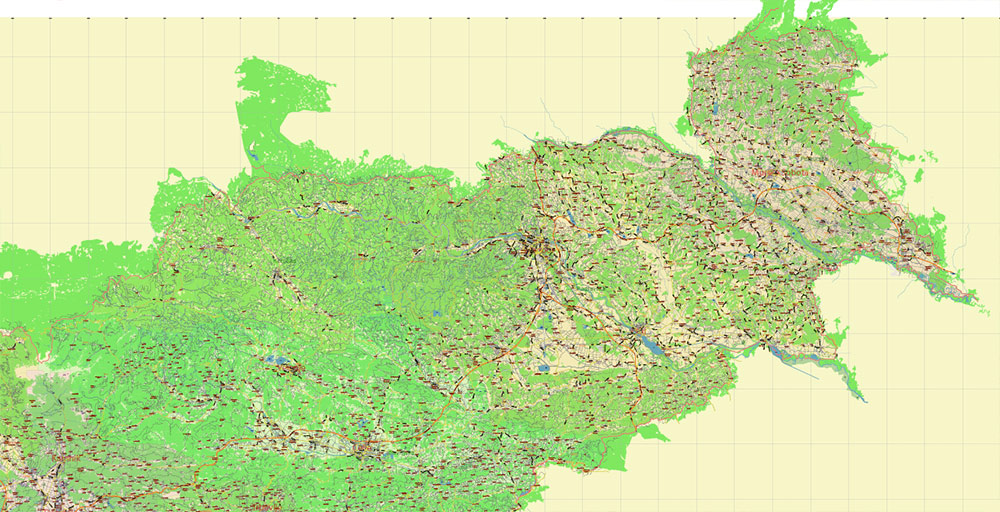
In these kinds of devices, by switching the polarization of the fundamental wave (FW), one can easily change the polarization of the nonlinear holographic images. In the nonlinear optical regime, polarization-controlled holography through second harmonic generation (SHG) ( 32, 33) has been demonstrated by using the nonlinear geometric phase-controlled metasurfaces.

Very recently, the vectorial holography based on one polarization input was also demonstrated by engineering the meta-molecules of the metasurfaces ( 24– 30) or by using the protocol of Jones matrix holography ( 31). Later, the multiple-polarization input and multiple-polarization output were also utilized to design the metasurface vectorial holograms ( 21– 23). By combining geometric phase and resonant phase ( 19) or topological phase ( 20), the multiplexed holography with orthogonal circular polarization states can be achieved. For example, the high-efficiency polarization-sensitive holography was achieved through the geometric phase-controlled meta-atoms ( 13, 18). By controlling the phase response of meta-atoms, various vectorial holography schemes have been experimentally demonstrated. All these properties make optical metasurface more practical for vectorial holography applications ( 16, 17). The optical efficiency of the metasurface device could be up 80% or even higher ( 13– 15). Compared with the photoanisotropic materials, which are sensitive to a specific wavelength range of light, the metasurface as an artificial structure can be easily designed at ultraviolet to infrared, terahertz and even longer wavelengths. The optical metasurfaces, which consist of spatially variant plasmonic or dielectric meta-atoms, have been extensively used to manipulate the phase, polarization, and amplitude of light ( 12). This constraint could be partially circumvented by using optical metasurfaces.

However, the SLM-based systems are very bulky and limit the applications in integrated optics. Recently, three-dimensional vectorial holography was also developed by using spatial light modulators (SLMs) ( 11). However, this kind of polarization holography is usually limited by the working wavelength of light and is only able to reconstruct two wave fronts with orthogonal polarizations ( 9).

In the past decades, vectorial polarization holography was developed by using photoanisotropic materials, such as Azobenzene, silver-halide materials, liquid crystal polymers, and so on ( 10). Since the advent of optical holography, one of light’s degrees of freedom (i.e., polarization) has been attracting scientists’ attentions ( 8, 9). Optical holography, which can be used to reconstruct the wave front of light, has been successfully applied to many areas, such as advanced microscopy ( 1), data storage ( 2), display ( 3), optical tweezer ( 4), optical communications ( 5), and quantum science ( 6, 7). The proposed metasurface platform may have important applications in vectorial polarization nonlinear optical source, high-capacity optical information storage, and optical encryption. By superposing the two orthogonal polarization components, the quad-atom metasurface can produce nonlinear holographic images with vectorial polarization distributions. Based on the concept of nonlinear geometric phase, we can simultaneously manipulate the phase and amplitude of the left and right circularly polarized second harmonic waves generated from the quad-atom metasurface. The quad-atom metasurface consists of gold meta-atoms with threefold rotational symmetry. Here, we experimentally demonstrate the nonlinear vectorial holography through the second harmonic generation process on a quad-atom plasmonic metasurface. While vectorial optical holography has been experimentally demonstrated in the linear optical regime, its nonlinear counterpart, which can provide extra degrees of freedom of light-field manipulation through the frequency conversion processes, remains unexplored. Vectorial optical holography represents a solution to control the polarization and amplitude distribution of light in the Fourier space.


 0 kommentar(er)
0 kommentar(er)
